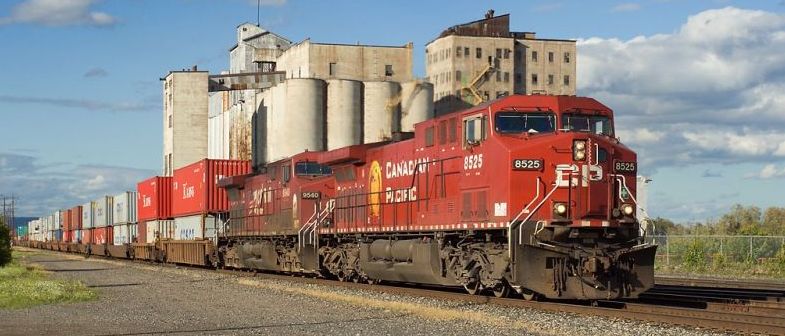
Train Addiction Help Line: 1.866.840.7777
Company Policies
Company Policies
Currency Exchange Rate
Many of our customers have now received training on PORTERS, our extranet or private portion of our website. During that training, [most particularly for Canadians who are likely to purchase goods priced in US dollars (US$) and for US (really all non-Canadian addressed) customers who purchase Canadian-manufactured goods - like TrueLine Trains - which are priced in Canadian dollars (C$)], it is necessary to explain how the currency exchange rate process works.
These explanations are as follows:
For Canadian residents: The amount I will be asked to pay in Canadian dollars is the amount shown on the order when invoiced through PORTERS, the US$ price of an item (for US manufactured goods) converted to Canadian dollars, plus shipping and GST.
For US (non-Canadian addressed) residents: The amount I will be asked to pay in US dollars is the amount shown on the order when invoiced through PORTERS, the C$ price of an item (for Canadian manufactured goods) converted to US dollars, plus shipping.
(By the way, currency exchange rates are set by the currency markets - those who buy and sell currencies internationally - not by PWRS, and are reported frequently to commercial banks. We update the currency exchange rates in our system as necessary based upon what our commercial bank uses as its exchange rates.)
The exchange rate used to convert the price in one currency into the price to be charged in the customer's currency - if such a conversion is necessary - is not the based upon the date of the order, but upon the date of the invoice - for this is the date that PWRS is paid for the purchase.
Some customers have understood our process to mean that the date of the order determines the exchange rate to be used as the price to be charged (if a currency conversion is necessary). Note that our system shows currency-converted prices all the time based upon the current exchange rate. While the exchange rate on the date of the order is first used when the order is placed, our system remembers the price in the original currency and the exact price to be charged to the customer remains in flux - if it requires a currency conversion - until it is invoiced. [This is true even when a US dollar price for an item is a known amount rather than TBA (to be announced).] On the date of invoicing (payment required), the currency exchange rate then in effect at our bank is used to fix the price that is billed to the customer.
Why does PWRS operate this way? Quite simply, we believe this is the fairest method for our customers and the most competitive method for us:
- Some places set a price at what they paid for the product plus a margin for profit; but we continuously bring in product and turn it over (typically weekly but sometimes daily). It becomes difficult if not impossible to track and report multiple acquisition prices for the same product (and if we did, who should get the best price? How would customers feel about changing - always rising - base prices for products as the units acquired at lower prices were sold? Etc.)
- Likewise, appreciation (strengthening or increasing value) of one currency benefits the purchaser in that currency - which is out of our control - and allows that purchaser to enjoy the benefits of that appreciation.
- It is virtually impossible (and potentially expensive) to hedge this currency risk. Why? In some cases we don't know product prices initially (the TBAs), we don't know how long we will have to hedge it (when will the product arrive?, what will the exchange rate be on the day PWRS has to pay for it?) and we don't know how much to hedge because we don't know how much of a particular US product will be purchased by Canadians or how much of a Canadian product will be purchased by Americans.
As a result, we have determined that our best method of operation is the one outlined above. We believe this to be the case because:
- Fluctuations in currency exchange rates are uncontrollable (and we are subject to them just as our customers are),
- This policy gives the best advantage to our customers while making it possible for us to continue importing US products into the Canadian marketplace (and US products constitute the majority of the modeling products we sell), and
- We allow sophisticated software to remove all individual and tedious calculations and operations, which has the added benefit of saving our customers because we do not need to employ so many bean counters!